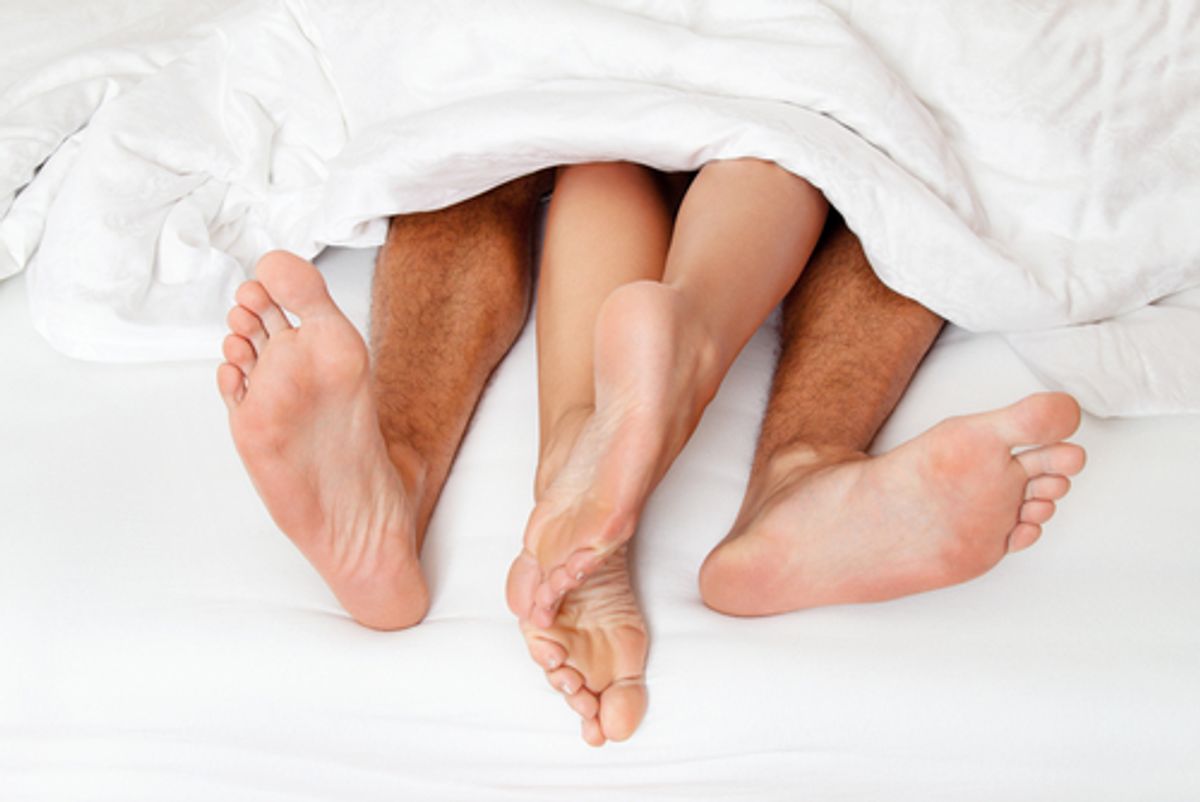Good-looking people may receive more invitations to cheat on their partners, but they are no more likely than anyone else to have an affair.
That’s one finding of a newly published study that looks at infidelity among young American adults. It finds that, among a large group of young adults, two different measures of attractiveness—the assessment of an interviewer, and a person’s body-mass index—had any appreciable impact on the likelihood of cheating.
Effrosyni Adamopoulou, a research fellow with the Bank of Italy, reports that some common beliefs about infidelity appear to be supported by the evidence, while others do not. She studied data from the National Longitudinal Study of Adolescent Health, a nationally representative sample of young Americans that began in 1994 and 1995, when participants were between 7th and 12th grade.
The subjects were contacted periodically for subsequent “waves” of the study. The most recent data came from 2001-02, when participants were ages 18 to 26, and from 2008, when they were 24 to 32. Information was collected during interviews that took place at the person’s home.
For her study, published in the journal Economics Letters, Adamopoulou focused on one specific question: “During the time you and your current partner have had a sexual relationship, have you ever had any other sexual partners?” Note that this expands the traditional definition of infidelity beyond married couples to people who are currently dating or co-habitating.
In the most recent survey (2008), 21.5 percent of participants reported that they had cheated on their current partner at least once. Self-reported cheating was lower among married people, with only 12.9 reporting they had strayed.
A greater percentage of men than women admitted to cheating, but Adamopoulou notes that during the 2001-02 interviews, that situation was reversed. Pooling both sets of answers, “one can argue that men and women are equally likely to be unfaithful,” she writes, adding that this conforms to the theory that in societies like the U.S. where women have achieved a certain degree of equality, infidelity rates should be about the same.
In the not-particularly-surprising category, she finds more religious people are less likely to cheat, and that having a child lowers the chances of infidelity. In addition, she found infidelity is more common among blacks than whites, and more likely to occur "in relationships of long duration."
More intriguingly, Adamopoulou charts a very clear pattern of seasonal differences. From 1996 to 2001, cheating among married participants peaked each year during the summer months.
As a possible explanation, she notes that people are more likely to travel in the summer, which means more opportunities for hanky-panky. “Cheating is less likely to be detected when an individual chooses partners in different places,” she notes.
“There does not seem to be any relationship between socioeconomic status and infidelity,” she writes. “Earnings and education do not seem to have any statistically significant effect (on rates of cheating).”
Finally—an activity where there is no class divide.

Shares